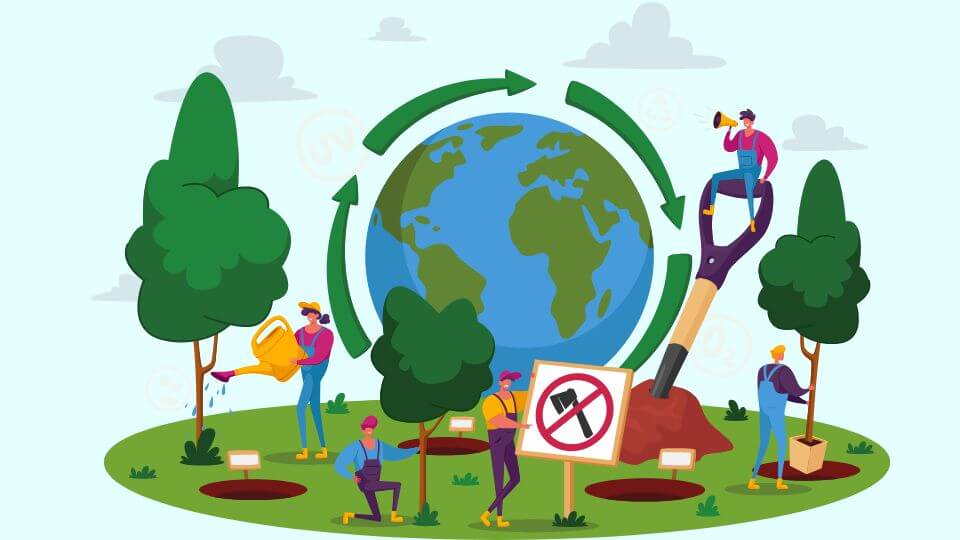Eloise Newing, assistant director at Electric Cat Productions, shares her thoughts on the unseen environmental impact of digital clutter.
At Electric Cat Productions our mission is to transform B2B events from mundane to memorable. However, as we innovate in the conference industry, we must also address our environmental impact.
Digital clutter
Traditionally, events have been synonymous with excessive waste – think of all the printed materials, transport emissions, and single-use plastics. While many organisations have made strides in reducing physical waste, there is a less visible but equally important issue: digital clutter.
The paradox of going paperless
The environmental impact of our online activities often goes unnoticed. Every email sent, document stored, and video streamed contributes to our carbon footprint. Digital clutter can accumulate, often without us realising it. Each file saved in the cloud or on a server requires energy. Multiply this by the thousands of documents and emails exchanged during planning and executing a conference, and the impact becomes substantial.
What does it all cost?
Let’s look at some figures shared in Changing Digital Geographies: Technologies, Environments and People by Jessica McLean:
- Sending an email laptop-to-laptop generates around 0.3 grams of CO2 per email, slightly higher for mobile-to-mobile due to increased energy use. A longer email that takes 10 minutes to write can go up to 17g CO2e, and one with an image or attachment can be 50g CO2e. Storing emails also consumes significant energy.
- Videoconferencing: Generates around 1kg of CO2 per hour.
- Video Streaming: High-definition (HD) streaming produces 160kg of CO2 per year for just one hour of streaming each day.
- Cloud Storage: Data centres emit approximately 0.2 tons of CO2 annually for every gigabyte of storage.
Greater transparency and sustainable practices are needed from both individuals and corporations to mitigate these impacts.
Seven practical tools & tips
Here are some practical tips we’ve adopted at Electric Cat Productions to manage our digital carbon footprint:
- Regular digital clean-ups: Make it a habit to clean up your digital files. Delete outdated emails, unnecessary documents, and redundant data. This not only helps reduce your carbon footprint but also improves efficiency. Perhaps set aside time each month for a digital clean-up and invite the whole team to join. According to The Good Planet, the electricity required to store around 3,500 emails (each five MB) produces approximately the same amount of CO2 as driving a compact car for one kilometre.
- Sustainable email practices: Limit the number of recipients to only those who need the information, and avoid sending large attachments unnecessarily. Utilise file-sharing platforms that allow for temporary links instead of permanent uploads.
- Turn off your camera: If it isn’t completely necessary, turn off your camera during video calls. This can save carbon emissions and water usage.
- Use standard definition instead of high: This reduces carbon emissions from 160kg per year to 8kg of CO2 per year.
- Efficient cloud storage: Opt for cloud services known for their commitment to renewable energy. Consider setting up automated rules to archive or delete old files. Good examples of sustainable cloud storage include Google Cloud Platform, Microsoft Azure, and Amazon Web Services.
- Green conferencing tools: Choose conferencing tools and platforms that prioritise sustainability. Many platforms such as Zoom and Microsoft Teams now offer features to help reduce data usage and improve energy efficiency.
- Education and awareness: Educate your team and stakeholders about the importance of reducing digital clutter. Awareness is the first step towards meaningful change.
The key to effective change lies in consistency. Small, regular actions can collectively make a significant difference.




















